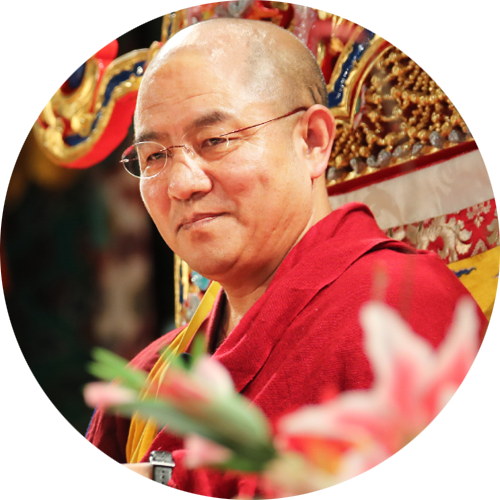91. Paramita of Wisdom II — Emptiness Being the True Nature of Reality
Longchen Nyingtik Meditation 91
The Beginning
Take refuge and arouse bodhicitta.
The Main Part
Break down outer gross appearances (such as the mountains, rivers, and land) and your own body into partless particles. Determine that they are empty without any underlying basis. Analyze the inner grasping mind by reducing it to partless moments, and determine that it is empty beyond any label. Realize that the apprehender and the apprehended are devoid of any finite essence. In emptiness devoid of any frame of reference, abide in one-pointedness.
Reminder
The Omniscient Longchenpa advocated the integration of Buddhist Logic and Madhyamaka analytical methods into the practice of Great Perfection.
When embarking on the Buddhist path, we must follow a systematic approach: We first tackle analytical meditation and only after gaining experience of it, we advance to resting meditation. Such an approach allows no room for wrong views and doubts to arise. Without laying down the foundation of studying and contemplation in this way, it would be a joke to abide the mind in the Dzogchen meditation.
To many people, external sense objects can never be deemed empty, since all entities—tables, cups, and so forth—are all appearing blatantly. The internal mind, likewise, cannot be empty either, as it is constantly occupied by waves of discursive thoughts. It is only by applying the analysis of Madhyamaka that one can indeed understand the empty nature of all phenomena, and hence grasp neither onto the outer phenomena nor the inner mind. When both the grasped and the grasper dissipate completely, one cannot but abide in emptiness free from any conceptualization.
Therefore, this is an especially powerful analysis.
The Ending
Dedicate the merit of your practice to all sentient beings.
